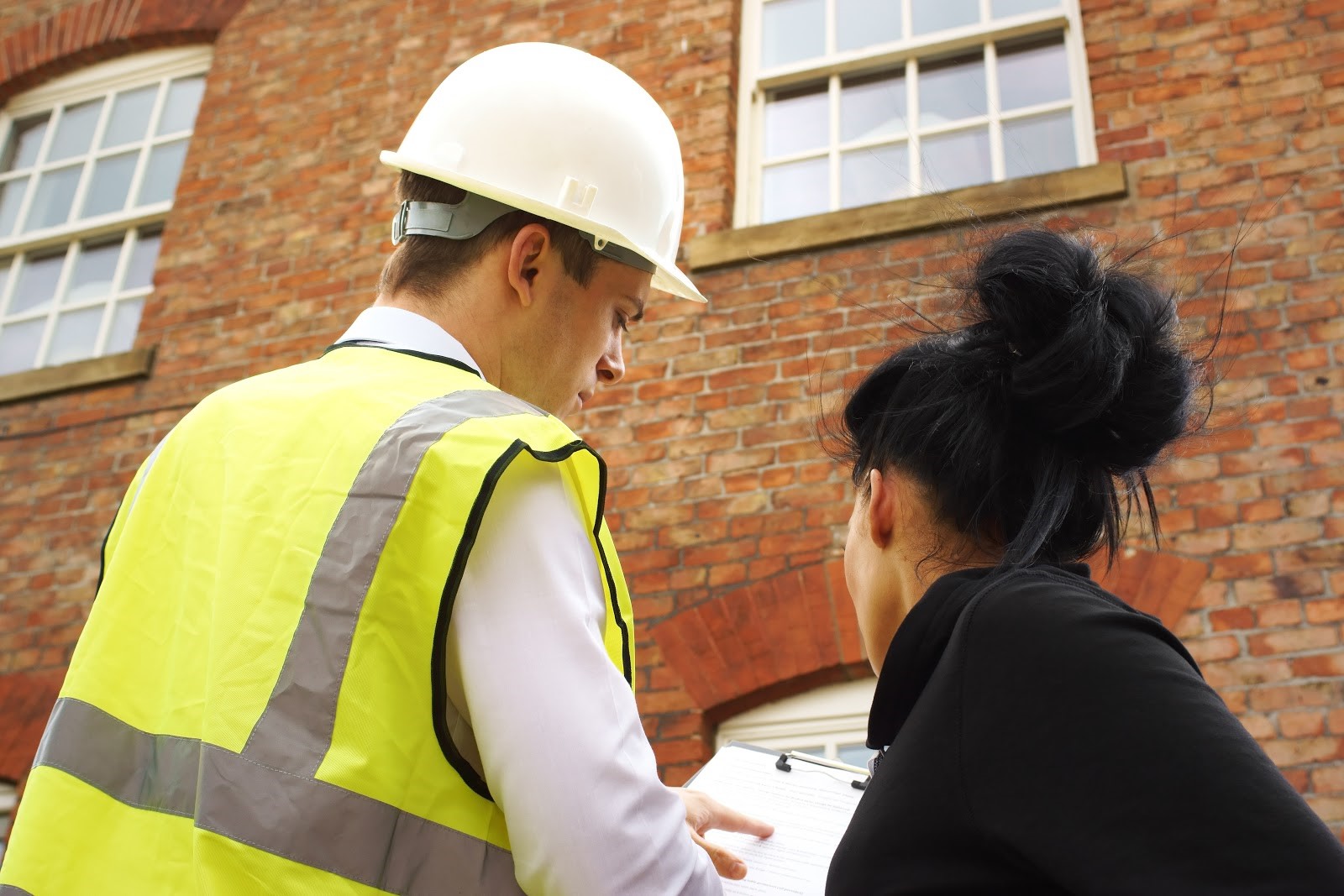Structural evaluations are a cornerstone of effective building and remodeling endeavors, providing vital understanding into the condition and sustainability of a structure. If you're a homeowner interested in purchasing a new property or a developer planning a large-scale project, grasping the basics of building surveys can save you time, money, and future headaches. By assessing various aspects of a building, including its structural integrity, compliance with laws, and potential hazards, these surveys help guide important decisions that ultimately impact the outcome of any construction endeavor.
In an environment where lack of supervision can lead to costly mistakes, building surveys serve as a protection. They not only uncover existing issues but also emphasize areas for improvement, ensuring that projects proceed with a solid understanding of what lies ahead. This basic understanding is vital for anyone involved in building trades or construction, as being knowledgeable about building surveys lays the foundation for successful project execution and lasting contentment.
Surveys of buildings can vary widely depending on the aim and extent of the initiative. One frequent kind is the Condition Survey, which assesses the physical state of a building to detect any flaws or necessary repairs. This type of survey is crucial for maintenance planning and can help property owners comprehend the condition of their assets. It delivers a comprehensive report outlining the present condition and possible problems that may occur in the future.
Another significant type is the Structural Assessment, which investigates further into the strength of a building's structure. This assessment is mainly concerned with the framework, foundations, and overall stability of the building. It is usually necessary when buying historic properties or properties that have known structural issues. A structural survey can help identify risks such as settling, moisture, or hidden defects, ensuring that any money spent is sound.
Lastly, there is the Energy Efficiency Survey, which evaluates the energy efficiency of a property. This type of survey is increasingly important in today’s market due to growing concerns about energy use and its impact on the environment. It examines factors such as insulation, heating methods, and total energy consumption to provide recommendations for enhancements. By performing an energy survey, property owners can enhance sustainability while reducing energy bills.

When carrying out a building survey, one of the primary considerations is the objective of the survey. Different projects may demand various types of surveys, including condition surveys, dilapidation surveys, or energy performance assessments. It is crucial to effectively define the objectives to ensure the correct methods and tools are used. Grasping the specific needs of the project will immediately impact the scope and depth of the survey, impacting both time and resources needed.
A further consideration is the selection of competent professionals to perform the building survey. The knowledge of the surveyor plays a pivotal role in the accuracy of the findings. It is advisable to choose professionals who not only possess the necessary qualifications but also appropriate experience in the type of survey being conducted. A skilled surveyor can spot potential issues that may not be readily apparent and provide insightful insights that can influence project decisions.
In conclusion, it is vital to acknowledge the legal and regulatory requirements associated with building surveys. Depending on the location and type of project, there may be particular codes and standards that need to be complied with. Staying informed on these requirements ensures compliance and can help avoid potential legal issues down the line. Additionally, informing stakeholders of these considerations promotes transparency and can foster trust in the survey process.
One of the usual challenges faced during creating surveys is collecting data. Incomplete or faulty data can lead to serious issues in the assessment process. Surveyors frequently encounter issues when accessing certain areas of a structure, especially in historic edifices where materials may be obscured or damaged. To reduce this, using cutting-edge technology such as laser scanning and drones can enhance the accuracy and thoroughness of the survey, ensuring that including inaccessible areas are adequately evaluated.
An additional challenge is dealing with the continuously updated regulations surrounding building codes and safety standards. As regulations change, it can be tough for surveyors to remain up to speed. This can result in surveys being obsolete before they are even completed. To overcome this, ongoing learning is vital for professionals in the field. By participating in workshops and seminars, surveyors can stay informed about the newest advancements, ensuring that their evaluations comply with up-to-date regulations and best practices.
Lastly, dialogue with stakeholders can sometimes be a barrier. Clients may have overly ambitious expectations regarding deadlines or the thoroughness of the survey. This can lead to disappointment on both sides. To tackle this problem, surveyors should create clear dialogue from the start. By defining realistic timelines, clarifying the survey process, and being open about possible challenges, surveyors can create a supportive relationship with clients, resulting in a more effective project result.